Behavior Management in the Classroom | Tattling vs. Reporting
Description
Title: Behavior Management Worksheet: Tattling vs. Reporting
Target Audience: Elementary School Educators and Students
Purpose: Foster responsible communication and decision-making skills among students through understanding the difference between tattling and reporting.
Activity:
- Introduction and Discussion: Begin by introducing the concepts of tattling and reporting to students. Discuss the importance of making good choices in communication.
- Visual Scenarios: Use visual scenarios provided in the worksheet to illustrate various situations. Guide students in categorizing each scenario as either tattling or reporting.
- Reflection Sections: Encourage students to use reflection sections to assess and share their thoughts on behavior. Prompt them to consider the reasons behind their actions.
- Rewards Chart: Explain the Rewards Chart included in the worksheet. Connect positive behavior and responsible communication to daily rewards, reinforcing desired behavior.
- Continuous Use: Encourage students to keep the worksheet accessible throughout the day. This serves as a reference for making informed choices in communication.
- Facilitate Discussions: Initiate discussions on examples of reporting and their positive impact on maintaining a safe and positive classroom environment.
Tools Needed:
- Coloring materials (crayons, markers, colored pencils)
Page Size: 8.5″x 11″ (Letter Size)
User Instruction:
- Introduce Concepts: Start by explaining the difference between tattling (reporting trivial matters to get someone in trouble) and reporting (informing an adult about something important or unsafe).
- Discuss Decision-Making: Engage students in a discussion about making good choices in communication and how their actions impact others.
- Explore Visual Scenarios: Use the visual scenarios provided in the worksheet. Ask students to identify each scenario as tattling or reporting and discuss why.
- Reflection and Assessment: Guide students through the reflection sections. Encourage them to reflect on their own behavior and share their thoughts with peers or in writing.
- Use the Rewards Chart: Explain how the Rewards Chart works. Emphasize that positive behaviors, such as reporting, are linked to earning rewards.
- Encourage Continuous Use: Encourage students to keep the worksheet accessible throughout the day. This helps them apply what they’ve learned in real-time situations.
- Facilitate Discussions: Facilitate discussions on examples of reporting and its positive impact on maintaining a safe and positive classroom environment. Encourage students to share their own experiences.
Reviews
×
Page: /

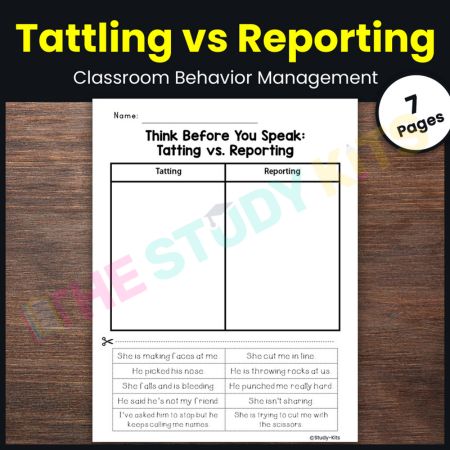

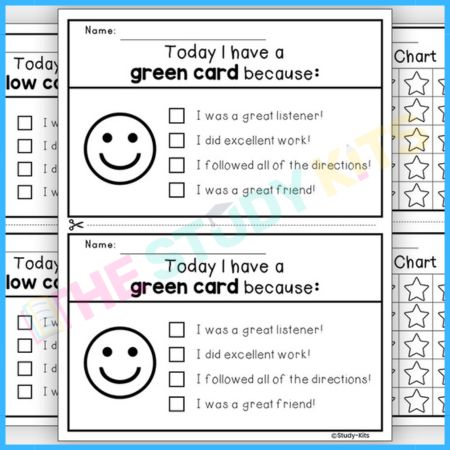
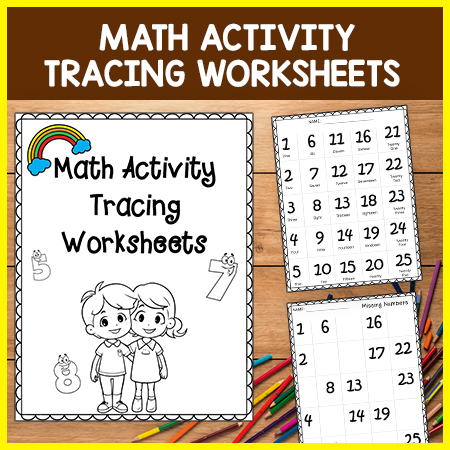
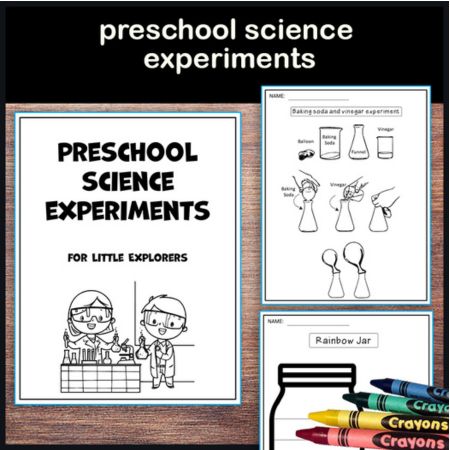


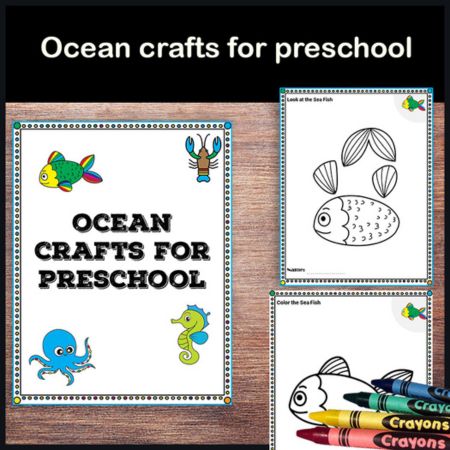


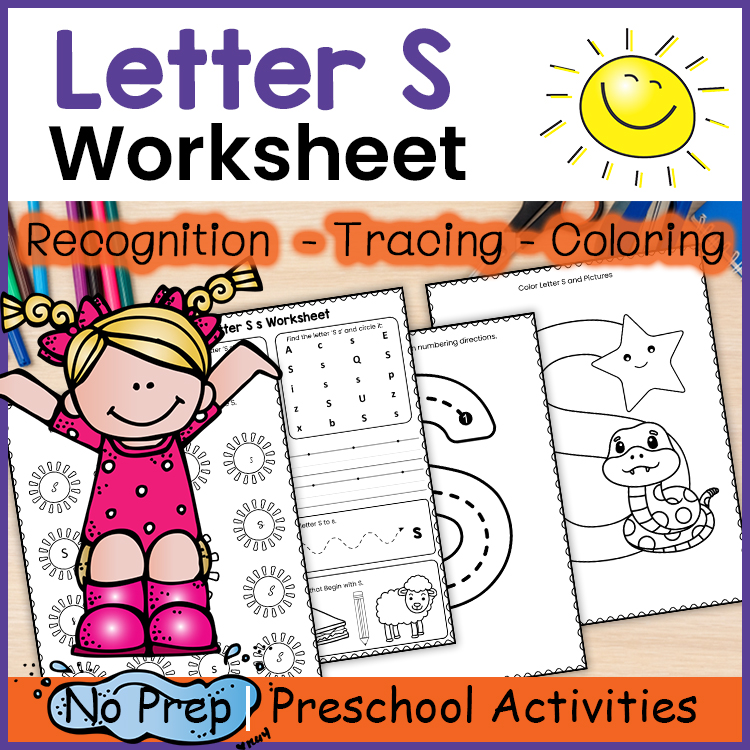
Reviews
By Cynthia McNair on
Perfect activity with my first graders. I still refer back to this activity all the time!
Write a Review
Leave a reply Cancel reply